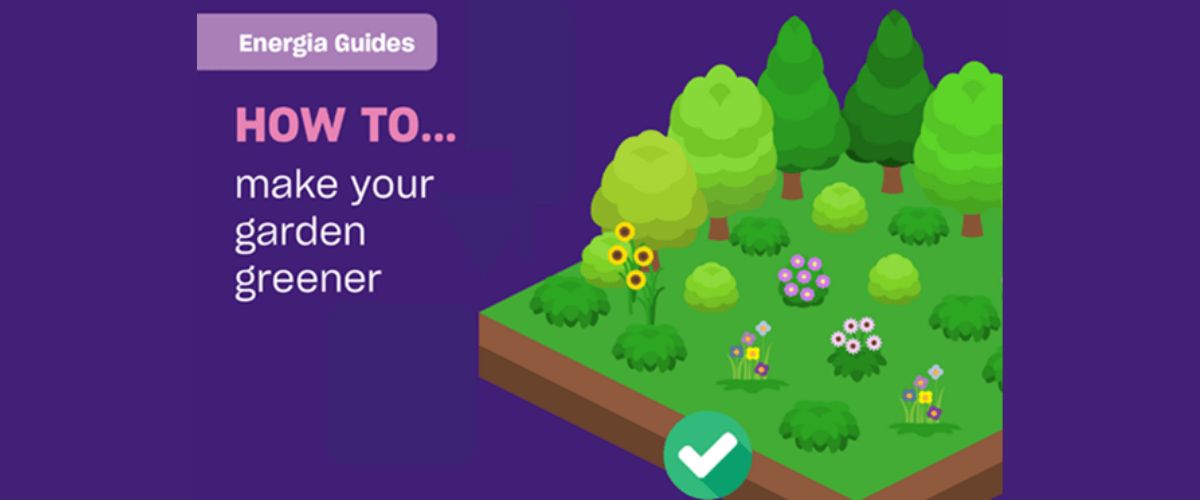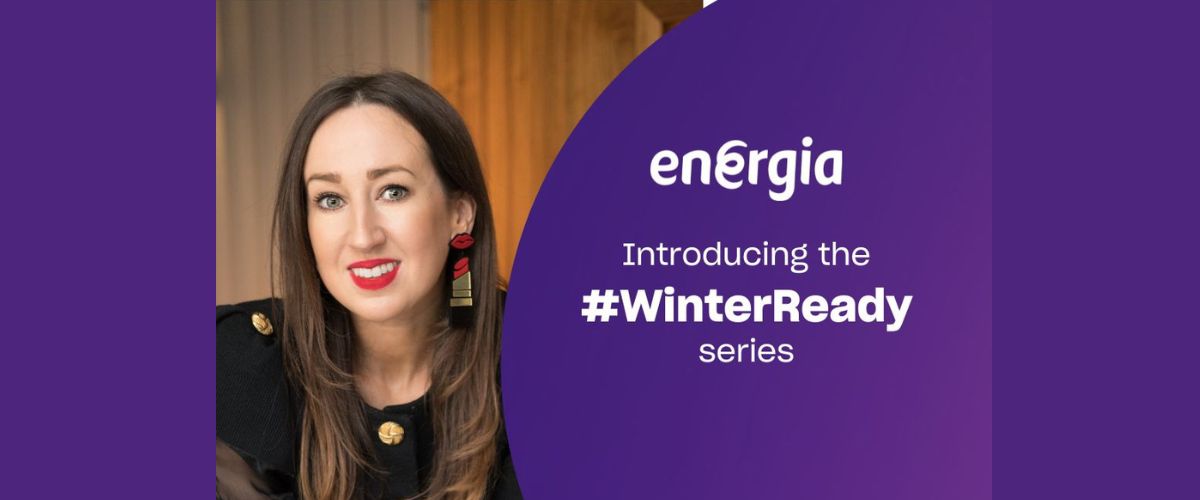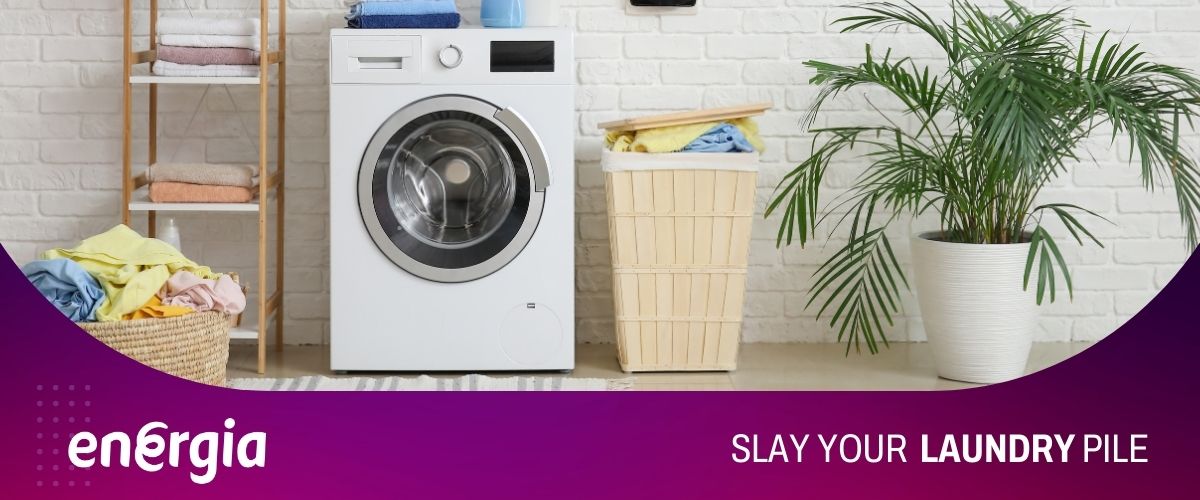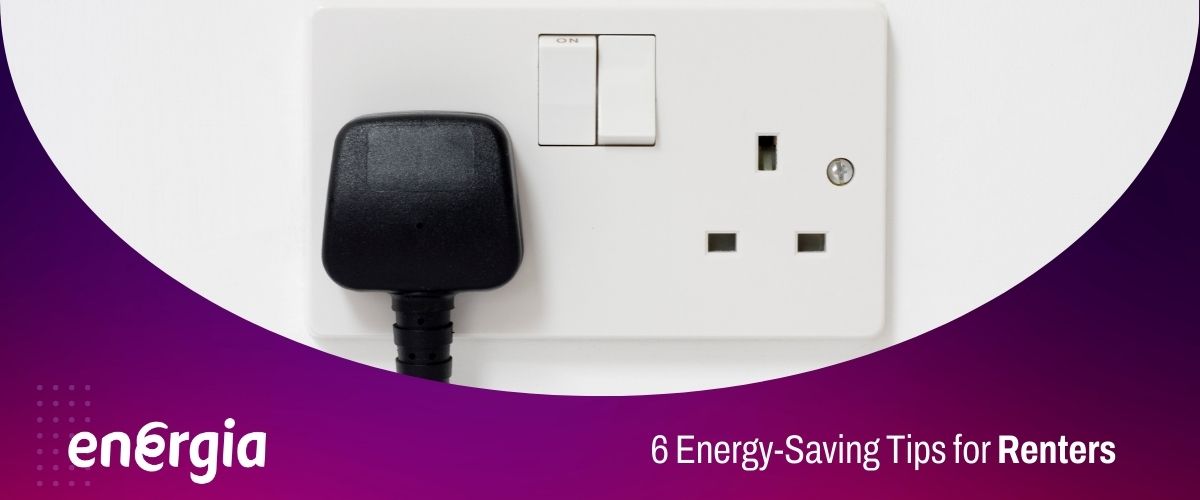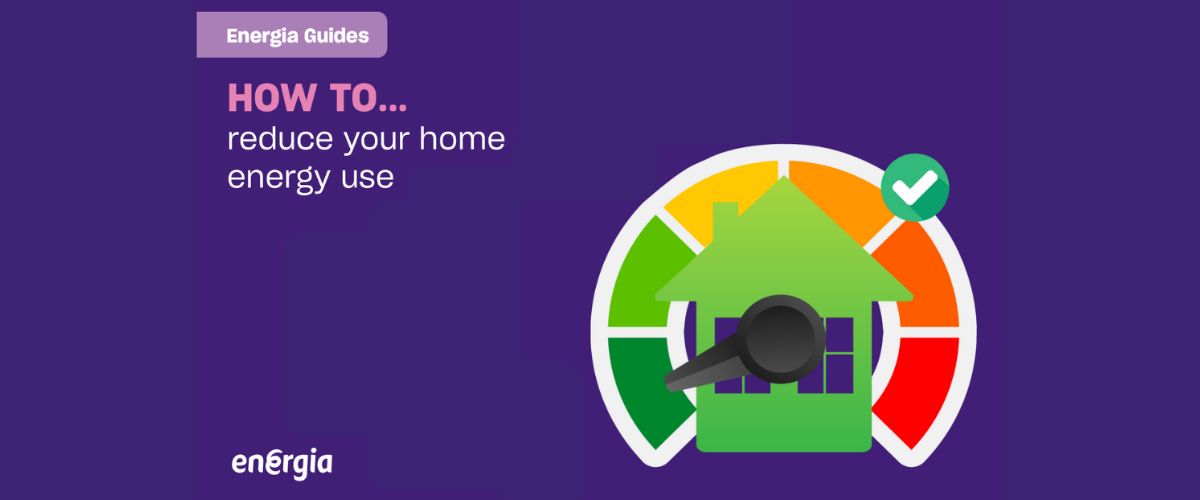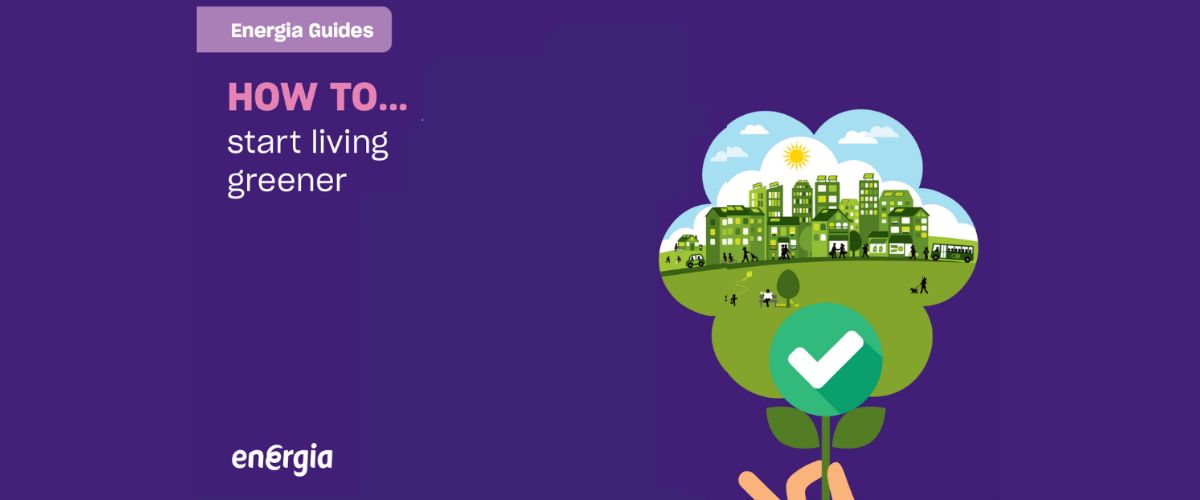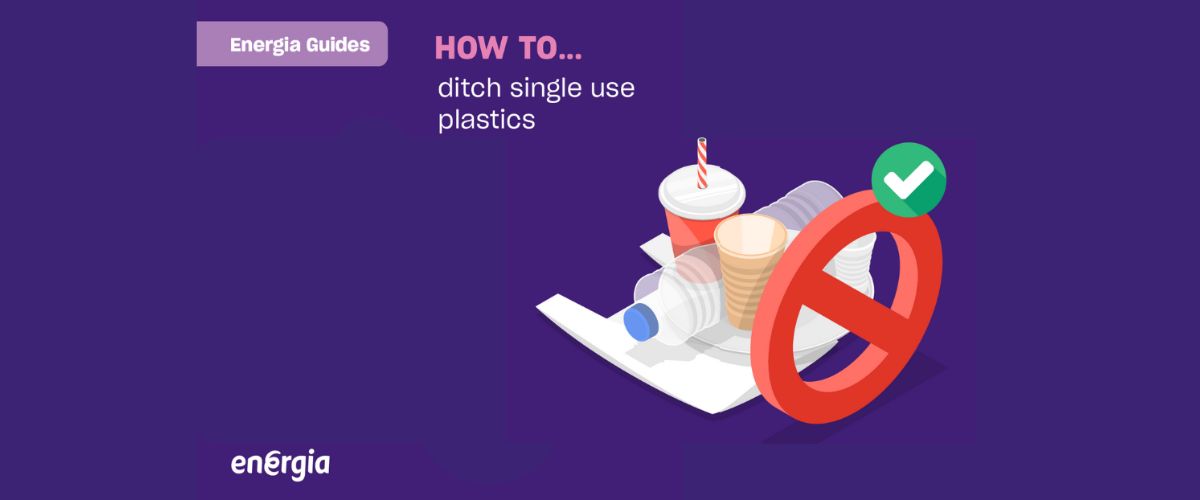Energia Get Ireland Growing Tips and Tricks
Top 5 Reasons to Grow Oriental Greens:
- Easy to grow
- Nutritious – rich in vitamins A, B, C & K
- Tons of Variety – oriental greens have a vast range of leaf shapes, textures and flavours. From creamy to spicy there is something for everyone.
- Always in Season – can be sown and harvested all year long.
- Cut & Come Again – all oriental greens will grow back for a second (and even a third or a fourth) harvest.
Top 5 Reasons to Grow Peas:
- Easy to grow.
- Good source of protein – three-quarters of a cup of peas have the same amount of protein as a whole egg.
- Improves soil – peas take nitrogen from the air and put it in the soil. That means they make the soil better as they grow.
- Fresh peas lose their taste quickly after harvesting so it is almost impossible to buy them fresh from supermarkets.
- Flexible – peas don’t mind where they grow whether it be straight into the soil, transplanted for later or in containers (including indoors!).
Top 5 Reasons To Grow Beetroot:
- Easy to grow
- Stores well – can be eaten all year round
- Zero food waste – you can eat every part of the beetroot (and all parts taste amazing!)
- Nutritious – good source of iron and folate
- Versatile veg – boil it, bake it, grate it into salads, make chutneys, wine and even cakes (beetroot brownies, yum)
Top 5 Reasons to Grow Carrots:
- Easy to plant – sow directly into soil or a deep container, no transplanting necessary
- Nutritious – rich in vitamin A, calcium and good source of fibre
- Stores well – can be eaten all year round
- Tons of variety – available in lots of different colours such as red, yellow, black and purple (so you’ll never get bored of growing them!)
- Sweet & savoury – carrots have natural sugar in them so they taste fantastic in cakes as well as your Sunday roast
Carrot Growing Tips:
Carrots thrive in light, well-drained but moisture-retentive soil, so it's also worth adding some well-rotted organic matter. Sow carrots directly into the ground. Make a seed drill (shallow trench) about 1cm deep using the edge of a hoe or trowel. Sow the seeds thinly along the bottom of the drill about 5-8cm apart
General Growing Tips and Tricks:
When do you know your seedlings are ready to be transplanted?
The best indicators that your seedlings are ready to be transplanted to a larger pot/container or in the soil outside are strong stems and evidence of 3-4 healthy ‘true’ leaves – these are the leaves that develop after the initial set of leaves. Generally speaking they will be ready to move on in 3-4 weeks. Another indication that seedlings are ready to move on is if you see the roots starting to pop out through the holes in the bottom of the container. The only seedlings from your GROWBox that may require transplanting (if you wish to grow full-size veg/herbs) are peas, beetroot and basil.
Should I transplant my carrots?
No, you should not transplant your carrot seedlings. It’s best to sow your carrot seeds where you want them to grow, as transplanting carrots can damage their delicate roots, which are what grow into tasty carrots.
If you sow your carrot seeds in a pot/container you can grow baby carrots within 6-8 weeks, but if you wish to grow full-size carrots you need to sow your seeds in a large, deep container or directly into the soil outside (ensuring the soil isn’t too stony and there’s plenty of depth to allow the carrots to grow unhindered).
If you sow too many seeds you will need to thin the seedlings out (see below) to give the carrots enough space to grow (at least 5cm between each seedling).
I was a bit heavy handed with my sowing and my seedlings are bunched very closely together, what do I do?
You will need to thin your seedlings, which means gently pulling out excess seedlings from the soil to give the remaining seedlings plenty of room to grow and thrive. Yes, we won’t lie, it can be a traumatic experience sacrificing your beloved seedlings, but it’s a necessary task to ensure your seedlings grow into healthy veg/herbs without needing to fight for space and soil nutrients. Yellowing leaves can also be an indicator that you have too many seedlings in a small area, meaning they’re not getting enough goodness from the compost/soil.
I’ve been growing my seedlings on my windowsill, but now that they’re larger can I move them outside?
Absolutely! But it’s always a good idea to allow your seedlings to acclimatise to life outside – you need to gently introduce them to the Irish climate! This simple technique is known as “hardening off”. The best way to do this is to pop your seedlings outside for a few hours a day in the run up to permanently transplanting or moving them outside.
Can I plant the fibre seed tray directly into a larger container or the soil outside?
Although the fibre seed trays are biodegradable and will break down in the soil in time, it is best to carefully remove the contents from the tray before transplanting – this will ensure the roots can easily access the soil outside the tray.
Do I need to feed my plants?
Yes, you will need to provide your plants with some additional nutrients throughout the growing season. We suggest feeding your plants every 3-4 weeks with a quality (ideally organic) liquid plant feed.
Do I need to support my pea plants?
Yes, if you’re growing full-size peas (and not just harvesting pea shoots) you’ll need to create a support for your pea plants before they grow taller than 20cm. You can use branches, bamboo canes or something upcycled to support your peas, but support should be at least 1.2m tall – bear in mind that you can’t change them later. You won’t need supports for each individual plant, but each support should be no more than 30cm apart.
What does ‘transplanting’ mean?
Transplanting means moving your seedlings to their final growing spots where they have plenty of room to grow to full size. Before transplanting water your seedlings well so that the soil around the roots will all stay together when you move them. Remove each seedling carefully by loosening the edges of the module tray or pot, being mindful not to disturb the plant’s roots (if you need to hold a seedling in place, hold a leaf gently – don’t touch the stem or roots). Make a hole the same depth of your seedling and place it in, before filling the hole with the soil and firming the plant in, making sure it’s compact and secure.
What does ‘thinning’ mean?
Think of thinning as the reverse of transplanting – rather than planting out to the exact spacing, you are removing seedlings to leave your plants correctly spaced. Typically, thinning should be done after 3-4 weeks. But don’t thin seedlings too early when they are still fragile, as pests like slugs might munch on the seedlings and you will be left with gaps. Equally, don’t thin too late as plants will bolt (go straight to seed rather than producing food) if they are competing for space and soil nutrients.
What does ‘successional sowing’ mean?
Successional sowing means sowing your veg little and often throughout the growing season to provide a constant supply of produce. There are tons of benefits to succession sowing: not only does it give you continuously fresh veg, it also naturally improves your sowing skills.
All the seeds in your GROWBox could be sown successionally (just remember carrots, peas and beetroot need 12-16 weeks to reach full size), but you’ll get the best results from your oriental leaves, which you can sow every few weeks for a constant supply of tasty leaves throughout the summer months.
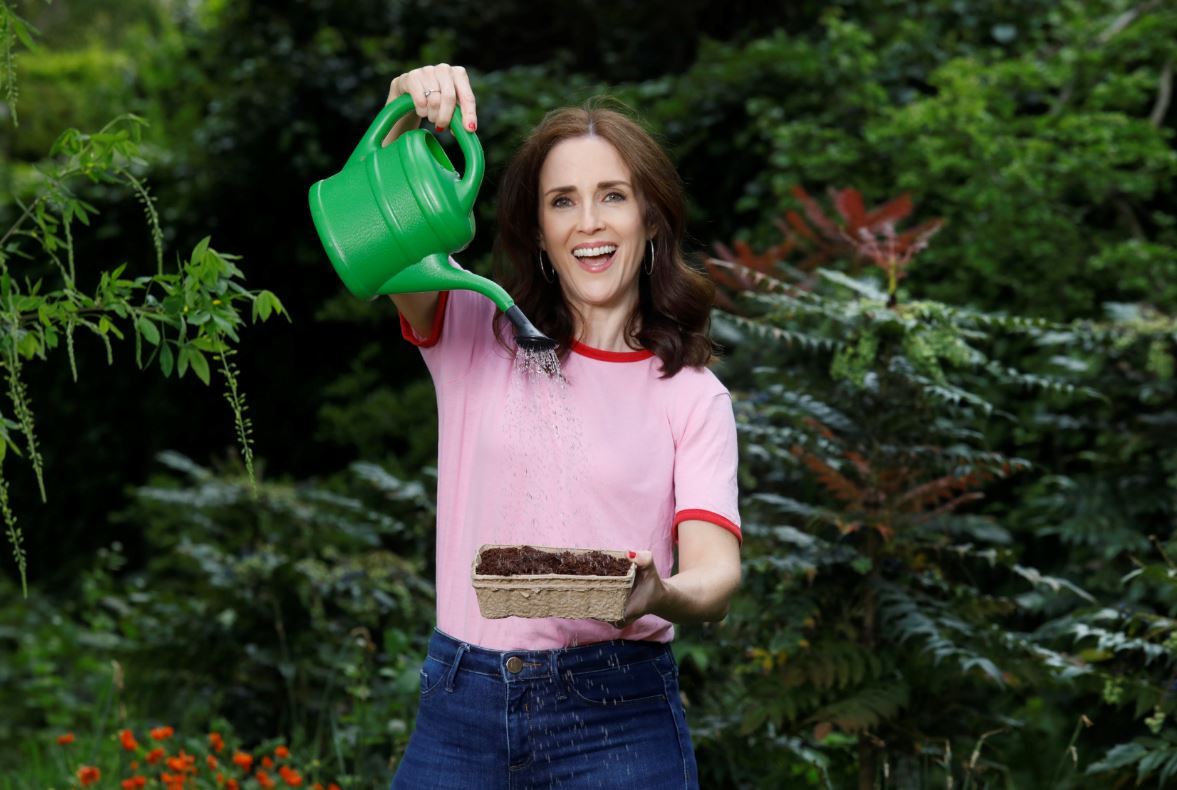
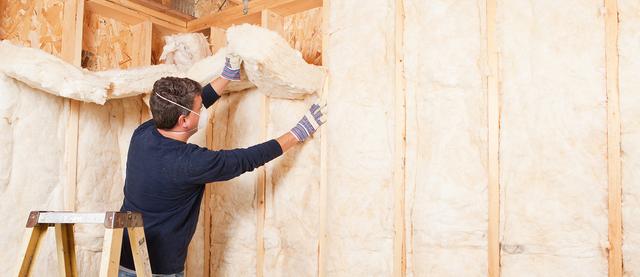

-(1).jpg?ext=.jpg)
-(1).png?ext=.png)

-(1).jpg?ext=.jpg)





.png?lang=en-GB&ext=.png)


